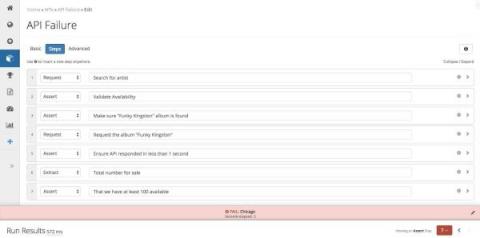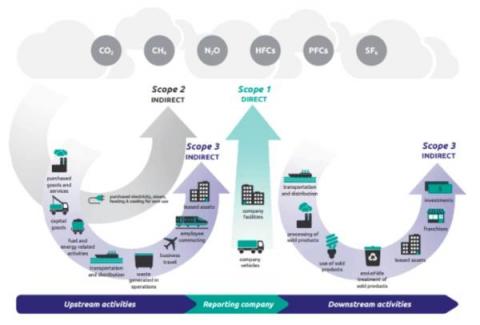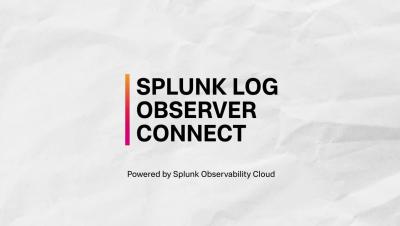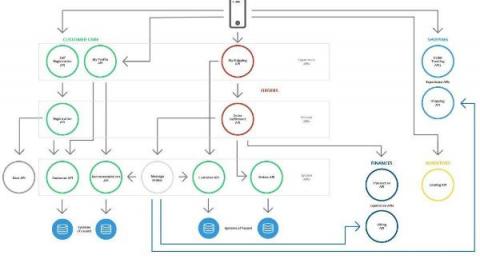On-Premises Application Monitoring: An Introduction
In the present age of cloud-native everything, it can be easy to forget that some applications still run on-premises. But they do and managing the performance of on-premises apps is just as important as monitoring those that run in the cloud. With that reality in mind, here’s a primer on how to approach on-premises application performance monitoring as part of a broader cloud-native performance optimization strategy.








